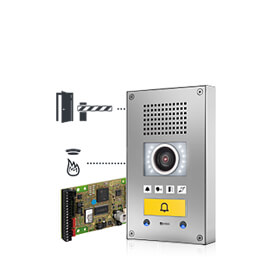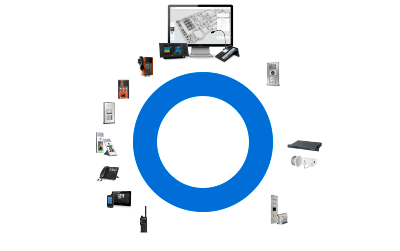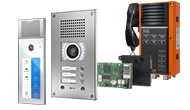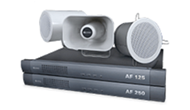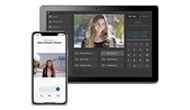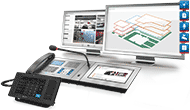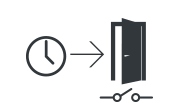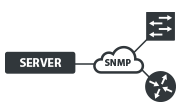With the ComPLC software package we offer a powerful solution that makes it easy, efficient and flexible to control the behaviour of equipment within a Commend Intercom environment. The software can be used in combination with the Intercom Server’s built-in standard set of I/O control functions and adds the ability to communicate directly with third-party systems via standard protocols such as ModbusTCP (for industrial equipment), KNX (for building equipment) and Commend’s own ICX (for Intercom equipment). This way, it is possible to custom configure a wide range of behaviours across all connected systems.
Drag-and-drop ease
ComPLC comes with its own configuration GUI, which is extremely easy and intuitive to use. All elements can be placed and arranged by simple dragging and dropping, which makes programming even complex logic signal controls a breeze, even for operators with only a basic technical understanding.
Although very easy to use and learn, ComPLC offers an extremely flexible set of control elements. This gives operators the freedom to cover virtually any control scenario and fine-tune their control sequences to their every need – all without the need for special software.
Once the configuration of the logic control sequence is finished, it can be uploaded and run on a VirtuoSIS software-based Intercom Server, or on a Commend
G8-VOIPSERV card within a hardware-based Intercom Server.
Examples
Here are some interesting examples that leverage the power of the ICX protocol:
